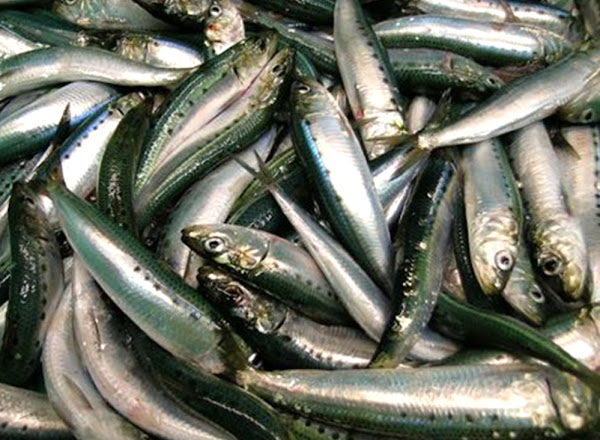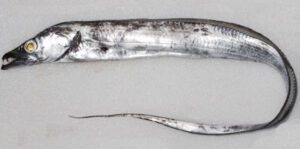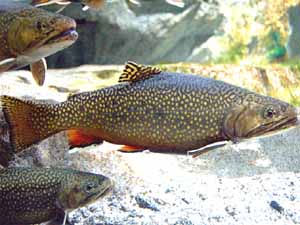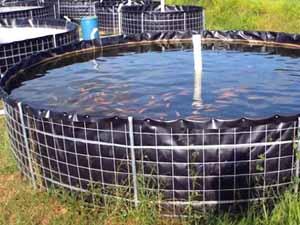The South American Pilchard fish is a sardine which is the only member of the genus Sardinops. It is mainly found in the Indo-Pacific and East Pacific Oceans.
It is also called by many other names such as Spotlined Sardine, Smig, Sardina, Pilchard, Picton Herring, Pacific Sardine, Pacific American Sardine, Mulies, Japanese Pilchard, Chilean Sardine, California Sardine, Chilean Pilchard, California Pilchard, Blue Pilchard, Blue-bait, Australian Pilchard, South American Pilchard and many other different names in different parts of the world.
Currently the South American Pilchard fish has no major threats, and is widely distributed. And currently it is listed as Least Concern.
Generally it occurs in several Marine Protected Areas. However, read some more information about this fish species below.
South American Pilchard Fish Characteristics
The body of the South American Pilchard fish is cylindrical and elongate. Their belly is rounded with ventral scutes. Their back is of blue green color, flanks are white, with 1 to 3 series of dark spots along the middle.

Average body length of this fish is around 20 cm, with a maximum recorded body length of 39.5 cm. Maximum recorded live body weight of this fish is 486 grams. Photo and info from Wikipedia.
Diet
The South American Pilchard fish are mainly feed on planktonic crustaceans.
The young fish feed on zooplankton such as copepod, and the adults are feed on phytoplankton.
Breeding
The South American Pilchard fish are oviparous fish species. Some individuals spawn in their first year in the Gulf of California, but most in their second year.
They breed in spring in Australia. Generally the females can lay between 10,000 and 45,000 eggs per spawning depending on their size.
Uses
The South American Pilchard fish is mainly used for making fishmeal. But it is also used for human consumption and eaten fried and broiled.
Special Notes
The South American Pilchard fish is a commercially important fish species. The South Australian sardine fishery targets this fish and it is the highest yielding single species fishery in Australia by volume.
And the industry commenced in South Australia in 1991 with an annual catch quota of 1,000 tones. The fishery’s annual quota was set at 36,000 tonnes in 2003. And the annual quota had increased to 36,000 tonnes by 2014.
The South American Pilchard fish oviparous fish species, with pelagic eggs and larvae.
They are pretty long lived fish species with up to 25 years of average lifespan. However, review full breed profile of this fish in the table below.
| Name | South American Pilchard |
| Kingdom | Animalia |
| Phylum | Chordata |
| Class | Actinopterygii |
| Order | Clupeiformes |
| Family | Clupeidae |
| Genus | Sardinops |
| Species | S. sagax |
| Binomial Name | Sardinops sagax |
| Other Names | Also known as Spotlined Sardine, Smig, Sardina, Pilchard, Picton Herring, Pacific Sardine, Pacific American Sardine, Mulies, Japanese Pilchard, Chilean Sardine, California Sardine, Chilean Pilchard, California Pilchard, Blue Pilchard, Blue-bait, Australian Pilchard, South American Pilchard and many other different names in different parts of the world. |
| Breed Purpose | Mainly fishmeal, also food |
| Weight | Can reach up to about 486 grams |
| Special Notes | Oviparous fish species with pelagic eggs and larvae, long-lived fish species with up to 25 years of lifespan, used mainly for making fishmeal, also used as food for human consumption, eaten fried and broiled |
| Breeding Method | Natural |
| Climate Tolerance | Native climates |
| Body Color | The back is of blue green color, flanks are white, with 1 to 3 series of dark spots along the middle |
| Rarity | Common |
| Availability | Worldwide |






